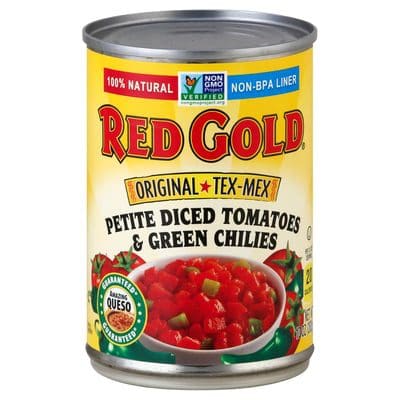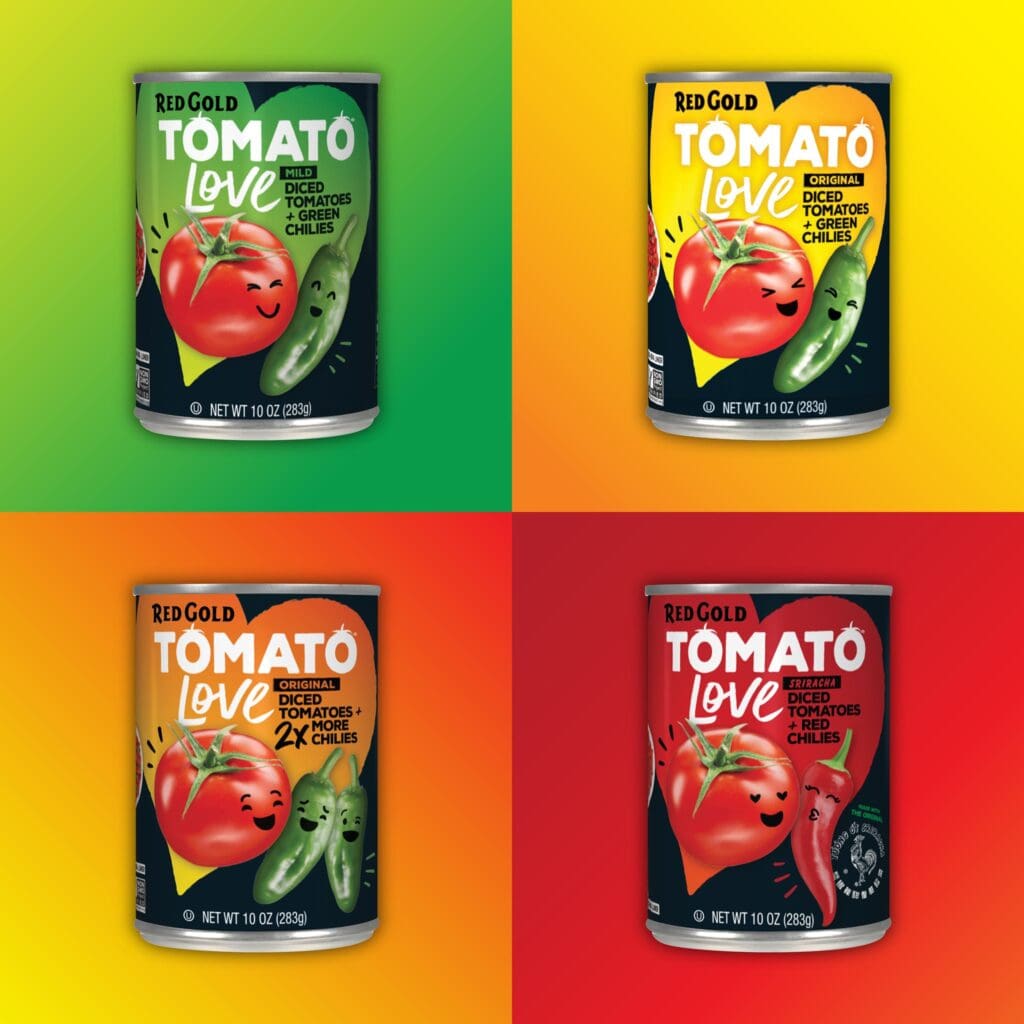Brand managers understand that packaging design is a crucial part of a product’s success. Even though they understand its importance, many companies take a dangerous path for brand decisions related to graphic design and product packaging. The conventional steps taken to develop CPG products allow for an enemy known as subjectivity to infiltrate the process, leading to lower conversions and fewer profits for the company.
What is Subjectivity?
It is understandably difficult to remain objective when involving yourself in the creative process. At some level, any associated person who contributed to a product’s design will let their personal interests find their way into the decision-making process.
Subjectivity is when our ideas, beliefs, and opinions become involved in a project, leading us to include our emotions in what should be an objective decision. Agreeing with our subjective ideas may result in a satisfied ego, but it may also come at the cost of company profits.
Subjectivity Research in Marketing.
With the level of competitiveness continuously increasing across most markets, it is no surprise that brands are trying to eliminate as much of their own biases as possible. In the developmental stage of the process, brands look to the customer in how that product should perform, taste, or feel.
Unfortunately, it is at this point where many brands stop depending on the customer’s needs, shifting to their own authoritative decision-making ability.
Is Subjectivity Killing Your Brand?
Start-ups can become suffocated by relying on their own ideas about the brand or leaving it up to an agency to make the final design decisions. All things equal, when fighting for the limited space on store shelves, smaller brands with the same packaging strategy may not have enough brand differentiation to stand out against the larger household names.
Conversely, a household brand with a significant market share may understand less than smaller, more agile challenger brands. These historic products experience death by a thousand cuts as their brand sales steadily decrease. Being closer to the customer gives the smaller brand a potential advantage in product formulation and messaging over companies with a long-held packaging formula.
In either scenario, subjectivity may be what is holding the brand back from achieving the success they hope for.
The Cost of Poor Performing Packaging.
In order to fight the effects of a good design that fails to convert into purchases, brands will need to spend more money on product exposure. Shelf talkers, end caps, and demonstrations are positive marketing strategies. However, we should use these marketing strategies to build upon success rather than to rescue a design that doesn’t resonate with the buyer.
Subjectivity in Art
Expressive forms of artistry may require subjectivity as a part of the developmental process. In music, a group of people in a recording studio feed off of each other’s energy about what sounds good and compliments the song’s other elements.
In mainstream music today, subjectivity ends at the point of a song’s completion. Determining if a song will be successful requires an objective look which is best done through algorithms, data, and unbiased opinions. The decision made as to which songs go on the albums and radio are made with an objective understanding.
Traditional Steps For the Design Process.
Even without a strategy, brands choose one of the following three options when going through a visual design process. Experienced companies may employ multiple processes at the same time in hopes of a more complete answer as to which direction to go with their product packaging and brand image.
Looking To Your Team For an Opinion.
On the surface, it would appear that Red Gold had a decent look to their product design. Showcasing a more natural look and encompassing the history of the company attracted consumers through trust and perceived quality.
Established over 75 years ago, we can appreciate that the Red Gold team would want to hold on to its company’s history through its brand positioning.

While these are certainly important aspects of a company, they alone are not strong enough to compete in a data-driven world. Some of your internal team may be supporters of the product, but their opinions will be subjective to their own personal biases.
Including your team in the design process is a good idea, but without buyer research, you’ll never be certain that your thinking is in line with the consumer. Those who fit the exact user profile should influence design decisions. In most cases, a graphic designer or internal decision-maker does not match this ideal customer profile.
The Hierarchy of Internal Decision Making.
In most organizations, those furthest from the customer, such as CEOs and CMOs, make the final decisions. This is yet another reason to seek methods of quantitative and qualitative research that involve individuals who do not have a financial association with the product.
Asking Your Customers What They Prefer.
Customers can be a fantastic resource for learning about your company and will have insights into your organization that you may not see. However, with marketing decisions such as product packaging, their ideas and opinions only hold so much weight and are usually biased.
Like your internal team, the customer already has an emotional opinion about the organization and may offer subjective feedback based on their current feelings about the company.
In survey responses, it is common for their feedback to be on both ends of the spectrum. Customers may either…
- Respond based on what they believe you want to hear.
- Respond based on the idea that you want them to pick the product apart.
Hiring an Agency For Unbiased Opinions.
Employing focus groups is a common method for larger brands to help influence their final decision. These groups should provide unbiased feedback that gives the brand everything they need to create packaging that sells.
Specific to CPG, focus groups isolate individuals from all distractions so that they can make a confident decision about which design prototype they like best. The problem with this scenario is that customers do not shop in isolation and it is not a practical example of what happens in the real world.
Shopping in a grocery store activates all 5 senses. These senses are either heightened or fatigued by the time they reach your product category. The only way to get an unbiased opinion is to position the products in a familiar environment to the consumer.
Incorporating Data Driven Purchase Intent.
Would you consider the “4-Hour Workweek” by Tim Ferriss to be the best (or even appropriate) title for a book? Probably not, but the title was decided based upon potential customers deciding to buy a book with differing titles. While they tested what appeared to be a better name, it was “4-Hour Workweek” that won out above the rest.
It would be interesting to find out if assumed the same testing process for his book cover as he did for the title. A hunch says that he did.
Copywriters and online marketers understand the need for split testing in the real world. The golden era of direct marketing would spend hundreds of thousands of dollars testing different letters mailed to prospective customers. These marketers knew that testing actual buyers were crucial to their long-term success.
This begs the question of why would CPG design be any different?
Companies like Red Gold Tomatoes understand the need to take action on product packaging. Ensuring that a design not only looks great but performs optimally.
We Can Guaranteed Sales Increases.
Smash Brand uses a customer-first, data-driven methodology that can forecast and guarantee a brand will see a significant increase in its packaging design performance. We make a strong guarantee because our process integrates consumer testing and directed design, creating consistent and measurable packaging performance for rising and established CPG brands.
More than data, it is putting the design into the real world for a factual and forecasted outcome.
| Red Gold doubled their sales of Tomato Love in the first 90 days and experienced a 148% increase in purchase intent. |
What is Purchase Intent?
A decent marketer will enter the conversation that the customer is having in their mind. A high-level marketer interrupts the debate going on in the mind of the customer and gets them to focus exclusively on their product.
Customer intent is when the buyer has reached the aisle in which your product category exists. Purchase intent is when the buyer takes an action towards your product. Smash Brand utilizes comprehensive testing to turn that intent into actual revenue, as experienced by Red Gold’s “Tomato Love” product.

Chat with us to find out if your brand will be the next company to see increased revenues through our proprietary packaging design refresh process. While you’re waiting, read the full Red Gold Tomato Love Case Study and find out the power of removing subjectivity in design thinking.
Subscribe to
Nice Package.
A monthly newsletter that unpacks a critical topic in the FMCG & CPG industry.
Free Resource.

CPG product repositioning guide.
Explore the five undeniable signs your CPG product needs repositioning along with strategies for leveraging consumer insights for a guaranteed market lift.
Learn More About CPG product repositioning guide.